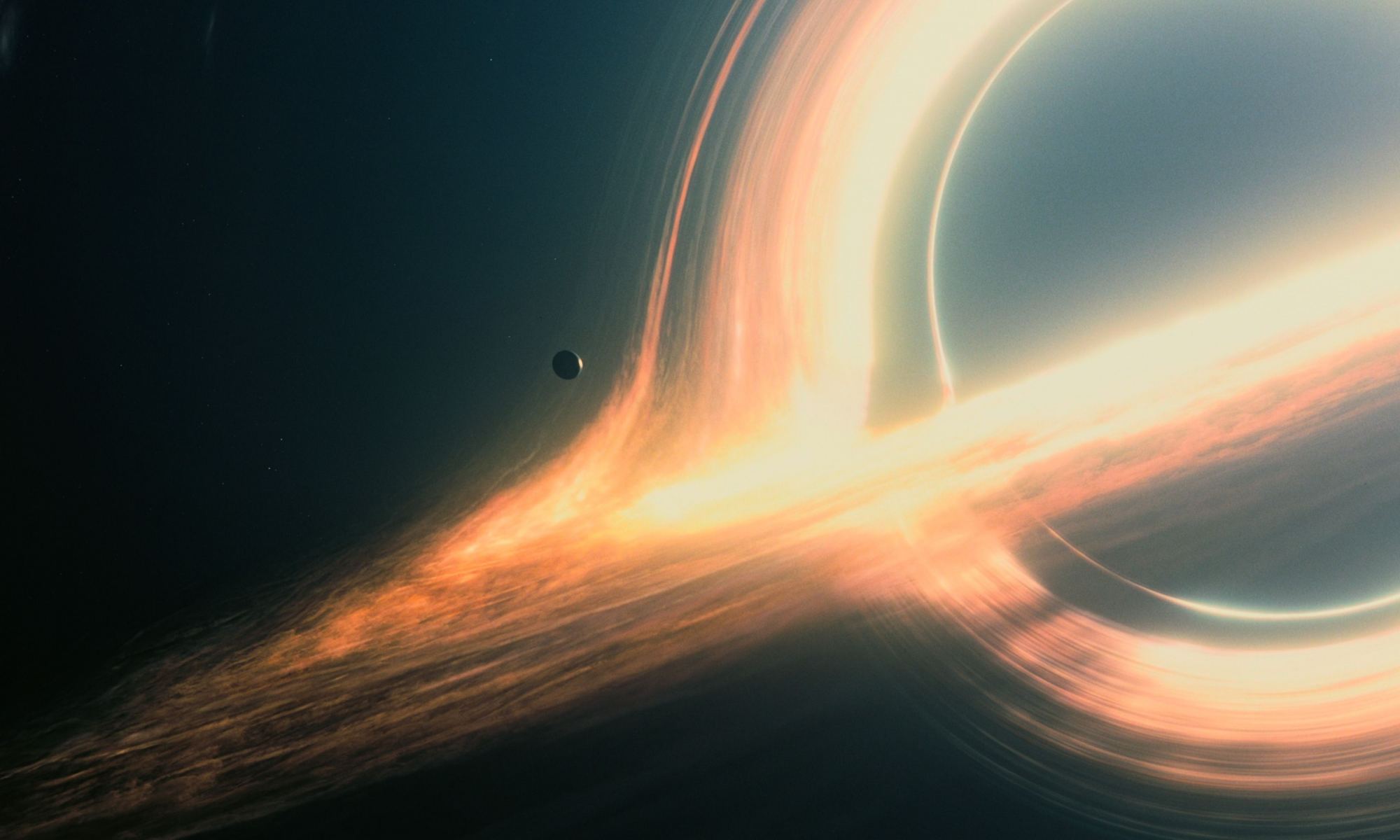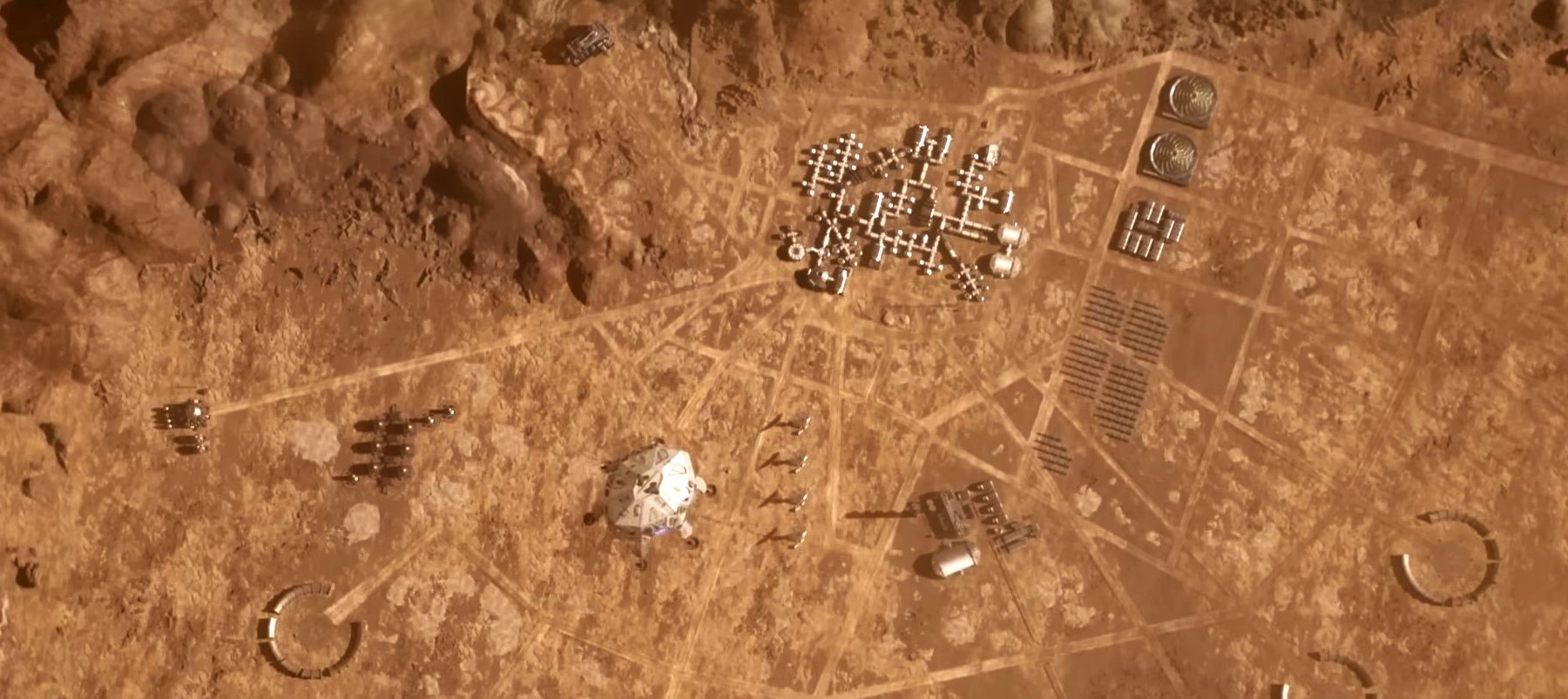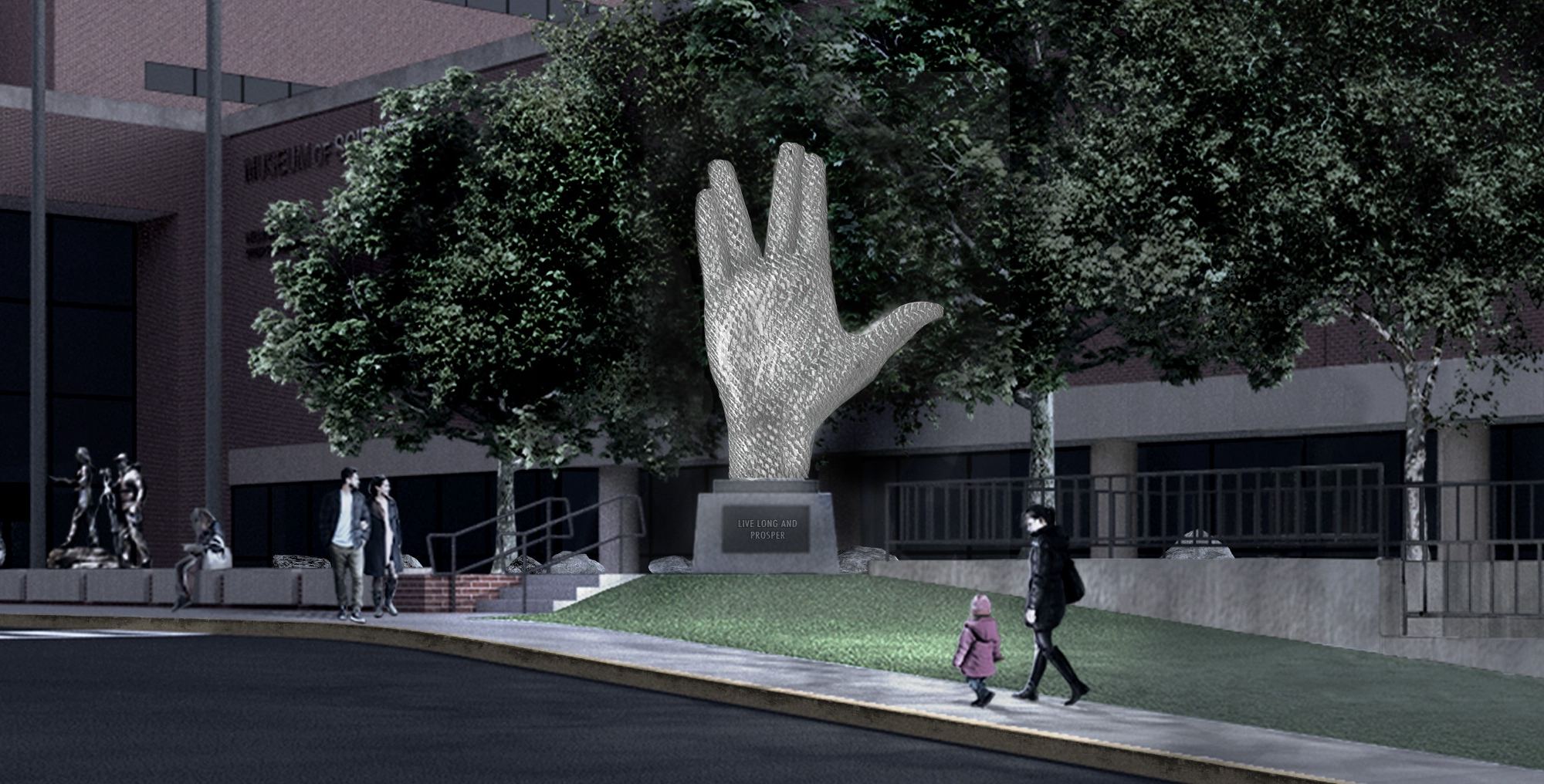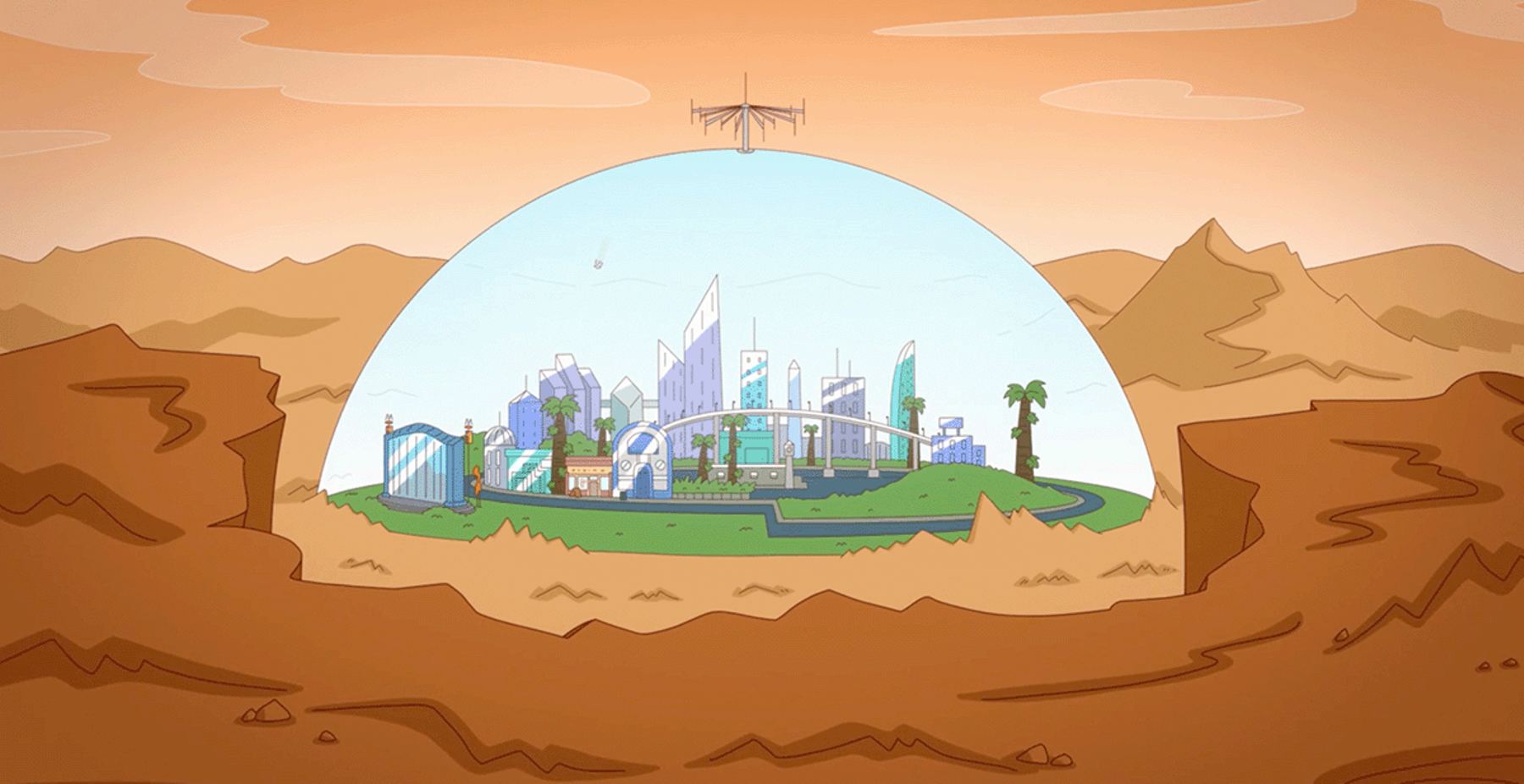“Today’s science fiction is tomorrow’s science fact.” This quote, attributed to Isaac Asimov, captures science’s intricate relationship with science fiction. And it is hardly a one-way relationship. Whereas science fiction is constantly evolving to reflect new scientific discoveries and theories, science itself has a long history of drawing inspiration from the works of visionary authors, filmmakers, and popular culture. And in some cases, where scientists themselves were the visionaries (like Asimov himself), you had an instance of both!
The relationship between the two was the subject of a recent study by Samuel Boissier, a researcher with the Centre National de la Recherche Scientifique (CNRS) and the director of research at the Laboratoire d’astrophysique de Marseille (LAM). In an age when misinformation, “deepfakes,” and deliberate attempts to obscure scientific truths are at an all-time high, examining the interconnection between science, art, and science fiction is very important. According to Boissier, doing so offers people in the scientific community a way to engage with the public in a way that is relatable and accessible.
Continue reading “New Study Examines the Links Between Science Fiction and Astronomy”









